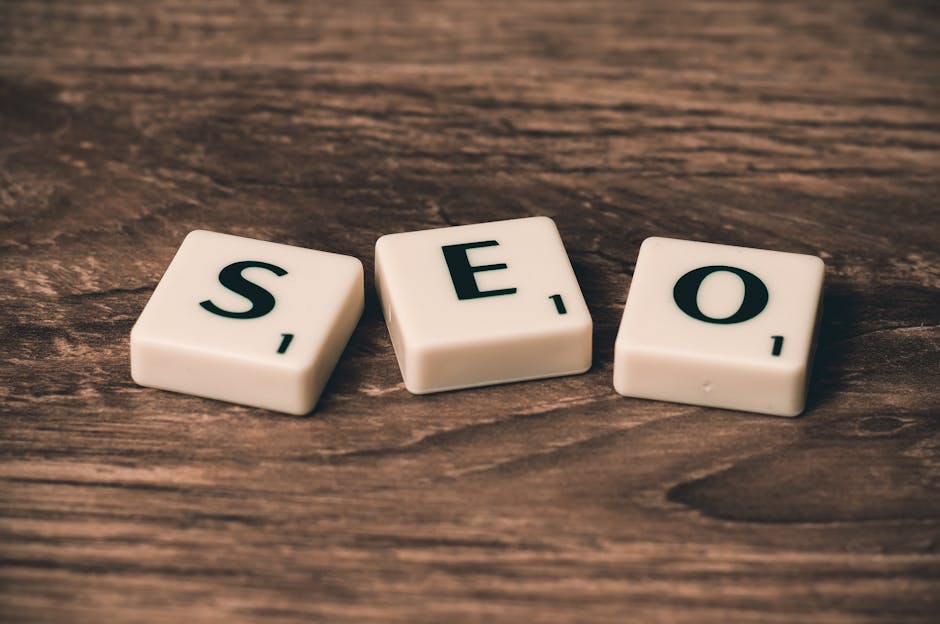Did you know that websites with good user experience are 400% more likely to convert visitors into customers? That’s a huge number! Think about it: you spend all this time creating amazing content, but what if your website’s design is turning people away? The truth is, web design and content marketing are deeply connected, and in 2025, understanding this connection is more critical than ever. This article explores how a great website design amplifies your content marketing efforts, creating a winning strategy for attracting and engaging your target audience.
How web design looks and feels has a major impact on how people see and interact with your content. It’s like the packaging for a great product – it needs to be appealing to draw people in! A poorly designed website can bury great content, while a well-designed site can make even average content shine. Let’s dive into exactly how web design shapes your content marketing success.
## Key Strategies: Marrying Design and Content
To really get the most out of your content, you need to think about how it interacts with your website design. Here are some strategies to keep in mind:
Prioritize Mobile-First Design: The majority of internet users browse on their phones. A responsive design ensures your content looks great and functions perfectly on any device. This means your text is readable, images are optimized, and navigation is easy, no matter the screen size.
Ensure Fast Loading Speed: No one wants to wait for a website to load. Slow loading speeds can lead to high bounce rates and lost opportunities. Optimize images, minimize code, and use a reliable hosting provider to keep your site running smoothly.
Create Visual Hierarchy: Guide your visitors through your content using clear headings, subheadings, and visual cues. Use whitespace to break up text and make it easier to read. Think of your website as a story, and design it to lead the reader from beginning to end.
Use High-Quality Visuals: Images and videos can greatly enhance your content and make it more engaging. Use professional-quality visuals that are relevant to your content and optimized for the web. Avoid using stock photos that look generic.
Make Navigation Intuitive: Visitors should be able to find what they’re looking for quickly and easily. Use clear and concise navigation menus, and make sure your site is easy to navigate on both desktop and mobile devices. Consider implementing a sitemap for both users and search engines.
Accessibility is Key: A good web design makes a website usable for all individuals, including those with disabilities. It involves ensuring that the site is operable, understandable, perceivable, and robust. In content marketing, integrating alt text to images, providing text transcripts for audio content, and using a logical heading structure improves usability for all users.
## Common Mistakes to Avoid
Even with the best intentions, some web design choices can hurt your content marketing efforts. Here are some mistakes to avoid:
Ignoring User Experience (UX): UX is all about how easy and enjoyable it is for visitors to use your website. Don’t sacrifice UX for aesthetics.
Cluttering the Design: Too many elements on a page can overwhelm visitors and distract them from your content. Keep it simple and focus on what’s most important.
Using Poor Typography: Choose fonts that are easy to read and use them consistently throughout your website. Avoid using too many different fonts or font sizes.
Neglecting Call-to-Actions (CTAs): CTAs are essential for driving conversions. Make sure your CTAs are clear, concise, and visually appealing.
Forgetting About SEO:Web design plays a crucial role in SEO. Make sure your site is mobile-friendly, has fast loading speeds, and is optimized for relevant keywords.
## Tools for Great Web Design and Content Integration
Fortunately, there are tons of tools to assist you in creating a website that complements your content marketing approach:
| Tool Name | Description | Use Case | |
|---|---|---|---|
| ——————- | ——————————————————————————————————— | ———————————————————————– | |
| WordPress | A versatile content management system (CMS) with tons of themes and plugins. | Building and managing websites and content. | |
| Adobe XD/Figma | Design and prototyping tools for creating website layouts and user interfaces. | Website design and user experience (UX) planning. | |
| Google PageSpeed Insights | Analyzes your website’s speed and provides recommendations for improvement. | Identifying and resolving website performance issues. | |
| SEMrush/Ahrefs | SEO tools that can help you optimize your website for search engines. | Keyword research, competitor analysis, and website SEO auditing. | |
| Canva | A user-friendly tool for creating visual content, such as social media graphics and website banners. | Designing visually appealing content for your website. |
## Expert Insights
According to Neil Patel, a leading content marketing expert, “Web design is no longer just about aesthetics; it’s about creating a seamless user experience that guides visitors through your content and encourages them to take action.” He advises focusing on creating a website that is both visually appealing and highly functional.
Another expert, Ann Handley, author of Everybody Writes, says, “Great content needs a great stage.” This emphasizes that even the best content will fall flat if it’s not presented in a way that is visually appealing and easy to consume.
## Key Takeaways
Web design directly impacts the effectiveness of your content marketing.
Prioritize mobile-first design, fast loading speeds, and intuitive navigation.
Avoid common mistakes such as ignoring UX and cluttering the design.
Use tools like WordPress, Adobe XD, and Google PageSpeed Insights to improve your website.
Remember that web design is not just about aesthetics; it’s about creating a seamless user experience.
## How web design impacts content marketing in FAQs
How does web design affect SEO?Web design impacts SEO in several ways. A well-structured website with clear navigation makes it easier for search engines to crawl and index your content. Mobile-friendliness, fast loading speeds, and optimized images are also important SEO factors that are directly related to web design.
How important is user experience (UX) in web design for content marketing? UX is extremely important. A positive UX encourages visitors to stay on your site longer, explore more content, and ultimately convert into customers. If your website is difficult to use or navigate, visitors are likely to leave, regardless of how good your content is.
Can bad web design hurt my content marketing efforts? Absolutely. A poorly designed website can make it difficult for visitors to find and consume your content. It can also create a negative impression of your brand and damage your credibility.
What is mobile-first design, and why is it important? Mobile-first design is the practice of designing websites specifically for mobile devices first, and then adapting the design for larger screens. This is important because the majority of internet users browse on mobile devices. A mobile-friendly website ensures that your content looks great and functions perfectly on any device.
## Conclusion
In conclusion, web design is not just an afterthought; it’s an integral part of your content marketing strategy. A well-designed website can amplify your content, attract more visitors, and drive conversions. By focusing on user experience, mobile-friendliness, and SEO, you can create a website that supports your content marketing efforts and helps you achieve your business goals.
Recommendations
Focusing on user-centric design to improve user experience and engagement with content.
A/B testing different layouts to understand what resonates most with the target audience.
Ready to take your content marketing to the next level? Start by evaluating your website’s design and identifying areas for improvement. Need help? Contact us today for a free website audit and consultation. Let’s work together to create a website that content deserves!












